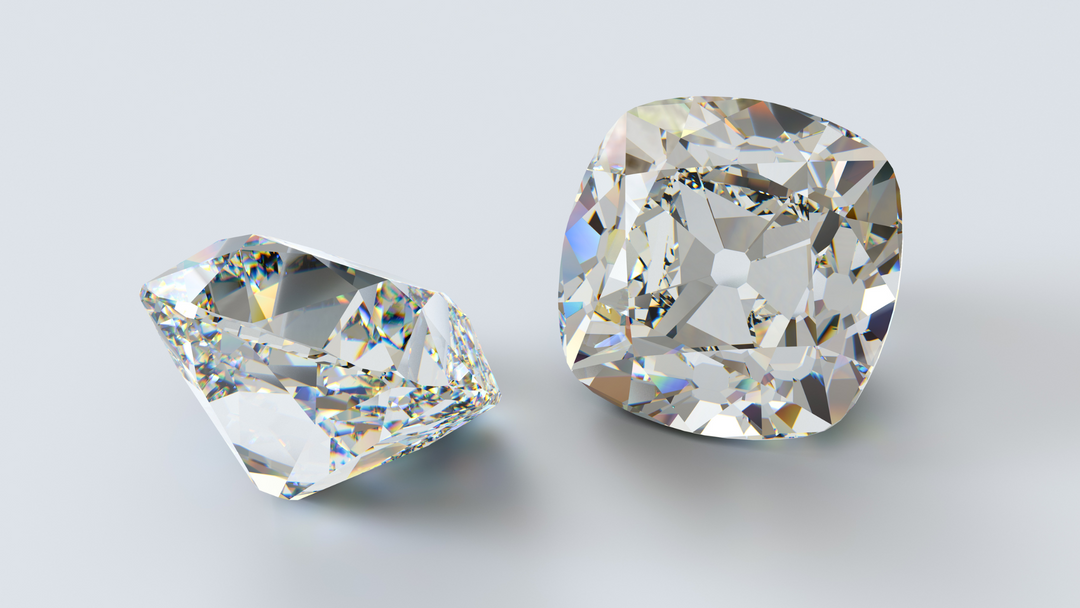What to Know About the Different Karats of Gold
So, you’ve decided to purchase a piece of gold jewellery. Not sure which karat of gold you should go for? Choosing the gold karat weight in your fine jewellery can be confusing. Keep reading and we’ll help clear up that confusion for you.
The Basics of Gold and Karats
Gold is a soft, yellow, shiny precious metal that carries a long and varied history. It was worshipped by the ancients, used as money, and is still coveted today across the world.
Similar to silver and platinum, gold is considered precious both because of its beauty and how it is durable yet malleable. It is also relatively unaffected by the elements and time. That’s why many ancient tombs and shipwrecks have uncovered beautiful gold pieces, while other metals would have rusted or been destroyed.
As for karats, the number of karats (often shown as simply “k”) refers to the amount of pure gold in the mix. 100% pure gold is the most valuable and referred to as 24-karat gold. Pure gold is very soft, so jewellery makers add other metals to make the piece more durable.
Now that you understand the basic of karats of gold, here’s what to consider when shopping for gold jewellery pieces:
How Much Pure Gold Do You Want?
Depending on how pure you want your jewellery to be, the percentage of gold in the piece is an important consideration. The karat system helps the average person understand how much gold is in a piece. Here’s what each of the numbers translates to in percentages:
24-Karat Gold – 100% pure gold
18-Karat Gold – 75% gold and 25% alloyed metals
14-Karat Gold – 58% gold and 42% alloyed metals
It’s important to note that a “karat” and “carat” are not the same thing! Karat with a “k” refers to the percentage of gold, while carat with a “c” is the weight measurement for gemstones.
Fashion Considerations
You’ll want to consider the look of the gold when choosing the right karat. The higher the karat of the gold, the more yellow it will appear.
18-karat yellow gold will have a deeper yellow hue than 14-karat. 14-karat white gold will appear more white than 18-karats of white gold, while 14-karat rose gold will have more of a pink tone than 18-karats.
There’s no right or wrong answer here: a certain karat may better complement the colour of a particular gem or outfit, and we all have our personal preferences!
Durability and Lifestyle Considerations
14-karat gold is more durable, because it has a higher percentage of alloyed metals. Having a lower percentage of pure gold makes it more resistant to wear and tear. This makes it ideal for everyday use, and is the most popular karat of gold for engagement rings and wedding bands.
If you live an active lifestyle but don’t always take off your jewellery, you should definitely consider 14-karat gold. It will hold up much better than higher karats of gold during sports, manual labour and other rigorous or physical activities.
The Popularity of Karats In Your Area
The popularity and desirability of karats various from region to region around the world. In North America’s jewellery industry, 14-karat gold is the most dominant. In Europe and Asia, 18-karat gold is more popular.
Fun Fact: Approximately 90% of wedding bands in North America use 14-karat gold!
As with most things, there are positives and negatives to different gold karats. There’s no right or wrong choice, so it’s important to know what you want out of your gold jewellery so you can pick the karat that is right for you.
Visit J.H. Young in Brantford and speak to one of our gold experts to determine which karat is right for you!




